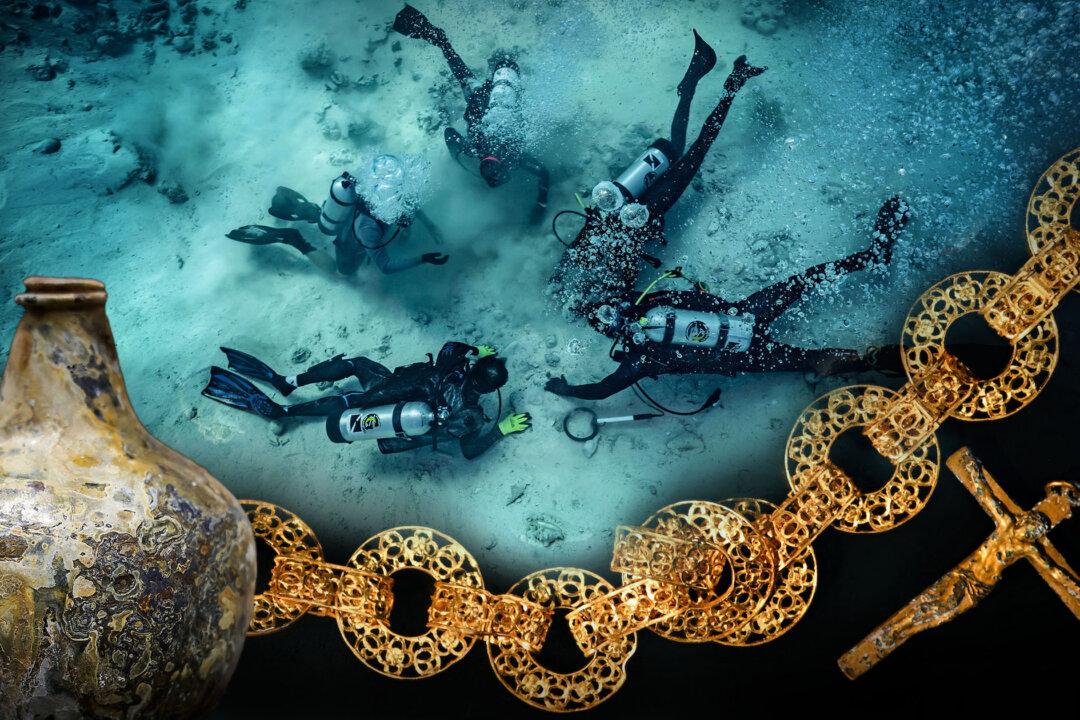A museum on Grand Bahama is showcasing treasured artifacts retrieved from a 17th-century Spanish shipwreck in a first-ever, debut display. The singular, spectacular haul includes coins, porcelain, and jewelry which were once destined to wind up in the hands of knights or aristocrats.
Built around the salvaged remains of the sunken Nuestra Señora de las Maravillas, or Our Lady of Wonders, there is the Allen Exploration’s Bahamas Maritime Museum in Freeport. The two-deck, 891-ton Spanish galleon disappeared off the northern islands on Jan. 4, 1656, after colliding with its fleet flagship, then striking a reef and sinking.





